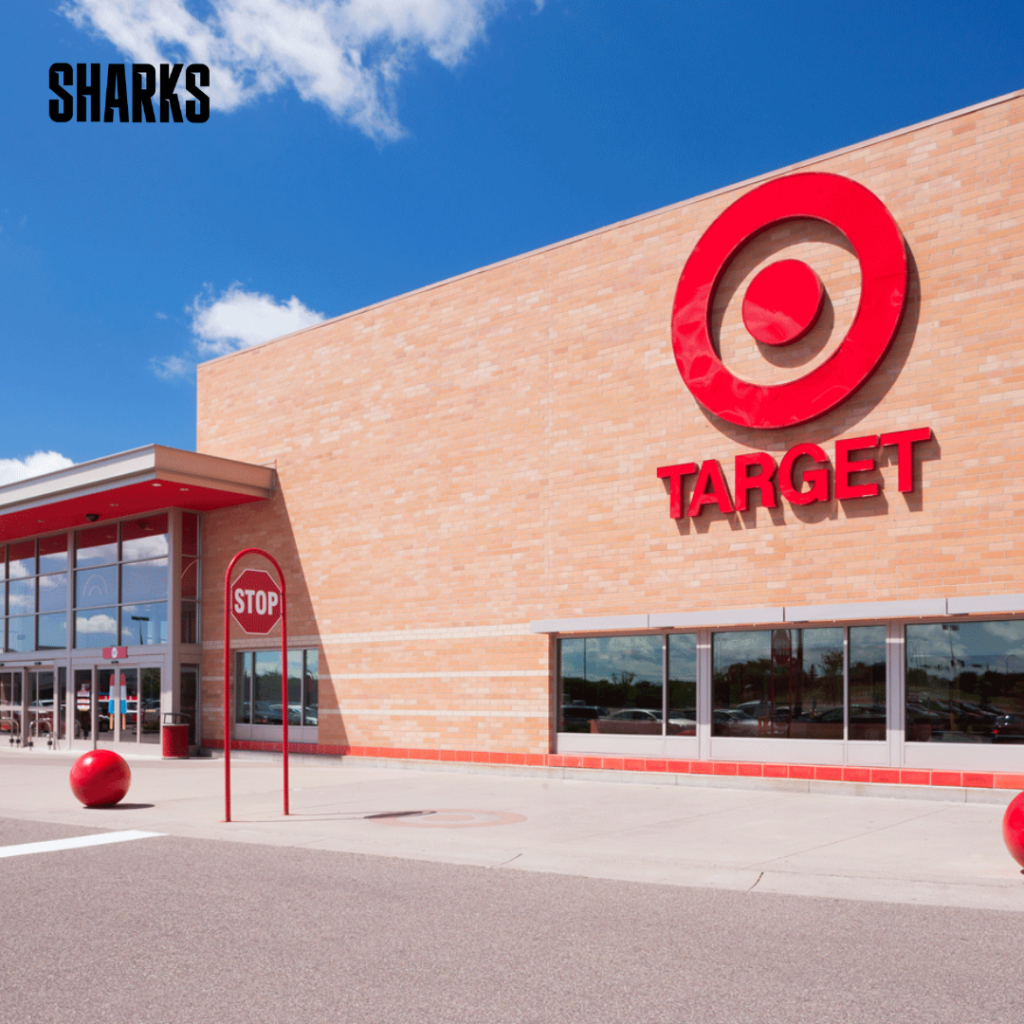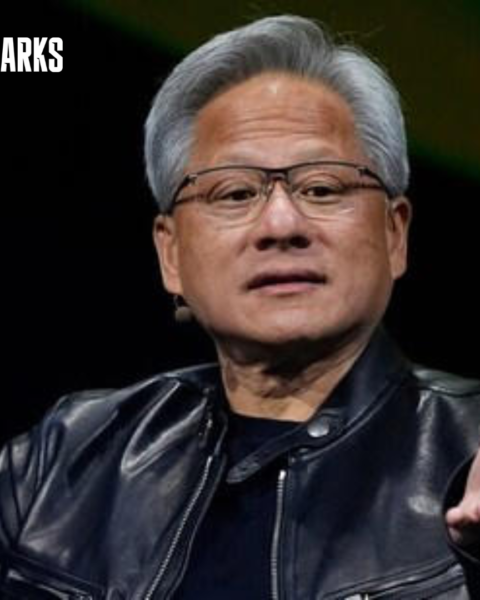Target faces challenges as shoppers seek better quality elsewhere

“Target is my backup option,” stated Chloe Guss, a customer at the retail chain for around 20 years whose reservations regarding some of its products may threaten the business.
Customer Perspective
“Target is my backup option,” says Chloe Guss, a longtime shopper of nearly 20 years. The 38-year-old New Yorker mainly uses Target through her Instacart app for a few groceries and essentials like diapers and formula for her children.
However, when it comes to clothing and furniture, Guss prefers to shop elsewhere for better quality items.
Target’s Strategy and Offerings
Target, often humorously referred to as “Tar-zhay” for its “cheap chic” image, has been expanding its private label brands in an attempt to attract and retain customers.
Also read: ARGENTINA’S MARKET RALLIES AS SENATE PASSES KEY ECONOMIC REFORMS
The Minneapolis-based retailer boasts over 45 private labels, including popular food brands like Good & Gather and Favorite Day, which collectively generate more than $30 billion in sales annually. Despite this, the retailer’s trendy, affordable designer home goods, cookware, and clothing offerings are proving insufficient to maintain customer loyalty.
Market Performance
Recent data from market research firm GlobalData shows that Target’s total U.S. retail market share, encompassing both online and store sales, has decreased in several key categories that contribute to over 60% of its revenue.
In the first quarter, Target lost market share in food and household goods, clothing, electronics, home wares, and furniture, managing to gain only in beauty products.
Shopper Behavior and Financial Metrics
According to data from online shopping tracker PriceSpider, both purchase rates and average spending per shopper at Target have declined. This trend reflects a broader challenge the retailer faces in sustaining its customer base amid shifting consumer preferences.
Company Response and Financial Outlook
Target declined to provide specific comments on these trends. However, CEO Brian Cornell noted in May that the company is focused on achieving sales growth, which it anticipates will begin in the current quarter.
In contrast to its major rivals, who reported rising first-quarter sales driven by increased market share, Target posted weaker comparable sales for the quarter ending May 4.
This marked the fourth consecutive quarter of declining sales for the retailer. Target attributed the dip to macroeconomic factors such as delayed purchases and increased spending on activities outside the home but did not address the market share losses directly.
Conclusion
As Target grapples with declining market share and changing consumer preferences, the retailer’s efforts to bolster its private label offerings may not be sufficient to stem the tide.
Shoppers like Chloe Guss, who seek higher quality items for clothing and furniture, highlight the broader challenge Target faces in retaining its customer base amid intensifying competition and evolving market dynamics.
Share This
Tony Boyce is a seasoned journalist and editor at Sharks Magazine, where his expertise in business and startups journalism shines through his compelling storytelling and in-depth analysis. With 12 years of experience navigating the intricate world of entrepreneurship and business news, Tony has become a trusted voice for readers seeking insights into the latest trends, strategies, and success stories.




















